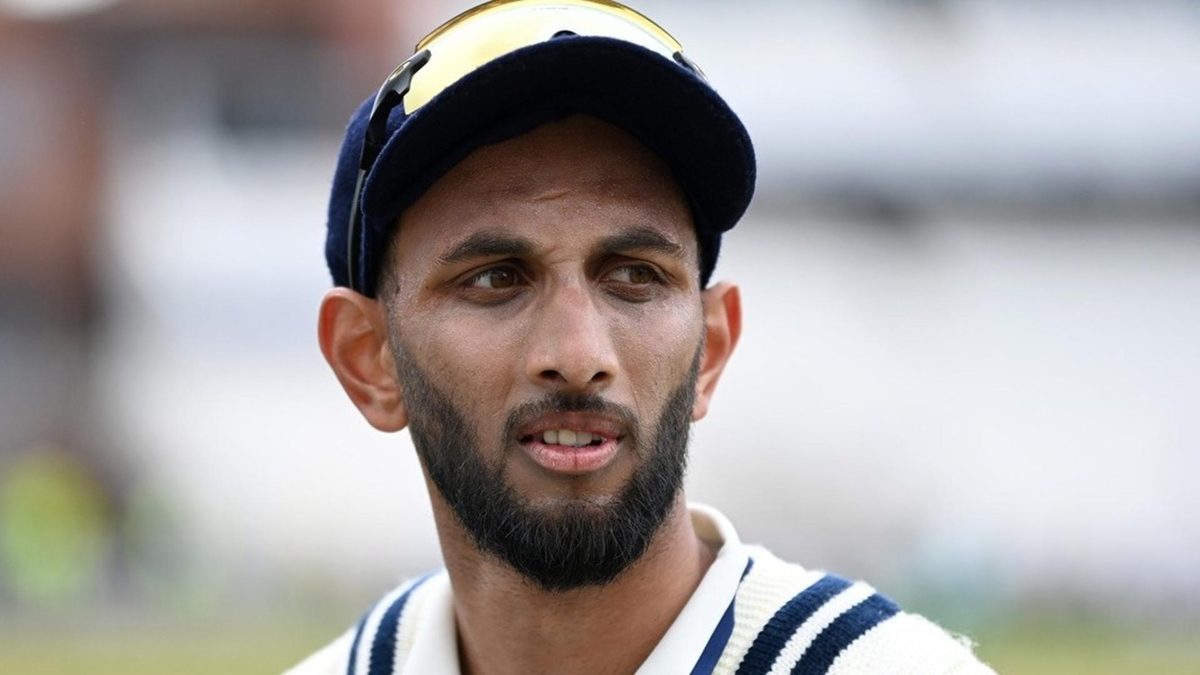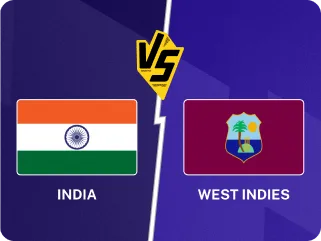
India’s backing of their fast bowlers a decade ago had resulted in their first strong pace attack in history. With Prasidh Krishna’s generation of young speedsters, they must do the same.
Jasprit Bumrah took five wickets in the first innings at Headingley. Mohammed Siraj and Prasidh shared the other five. In the second innings, Bumrah took none and Prasidh two. Shardul Thakur and Ravindra Jadeja, whose batting helped him earn berths ahead of their competition, shared three wickets. Despite scoring 471 and 364, India lost convincingly.
Siraj and Prasidh received flak for the defeat. Siraj’s 102-wicket career has seen its highs and lows, even in England. Radarless in his first spell, he sorted things out in his second spell like most seasoned fast bowlers. However, Prasidh’s economy of 6.28 has grabbed more headlines than his five wickets – numbers not too dissimilar from Siraj’s four wickets and 6.18 at Edgbaston in 2022.
Siraj and Prasidh are not alone in this. Among fast bowlers, several big names have gone at five an over across an entire Test match since England altered their approach in 2022. Pat Cummins (thrice), Mitchell Starc (twice), Scott Boland, Neil Wagner, Kagiso Rabada, Anrich Nortje, and Alzarri Joseph (thrice) are all on the illustrious list of pacemen who have been at the receiving end of ultra-aggressive English batting on flat pitches.
England targeted Prasidh like they had targeted others. His 35-0-220-5 was a combination of the conditions, aggressive batting, and his own bowling. He understands the last bit.
“I was a little too short than where I wanted to be,” he felt. “Definitely 6-8[m] is ideal. I think [in the] second innings it got slightly better, but because again the wicket was slightly slower, I had to pitch a few slightly behind it and then go slightly fuller when I’m trying to get a wicket. So, yeah, I definitely did not bowl the lengths that I wanted to ... It honestly took me some time to get used to the slope on that side. But I should be able to do it as a professional.”
Professional cricketers learn to make these adjustments over time. Unfortunately, time is not something India have at this point. If they lose at Edgbaston, they will be precariously close to the point of no return. One can understand the need for drastic change.
Should India back Prasidh?
Cast your mind back to India’s last Test before the England tour. Down 1-2 in Australia, they had their hopes firmly pinned on Bumrah. Too much was at stake – the Test, the rubber, Border-Gavaskar Trophy they had held on to since 2016/17, a WTC final berth.
However, there was a problem. Due to some inexplicably defensive team selections, India had ended up overusing the greatest fast bowler in their history. Towards the end of the fourth Test, the stump mic caught him uttering that he could not go on anymore. Even then, he seemed to be at his usual self at the SCG with two early blows after India had folded for 185.
Ten overs was all Bumrah could sustain that day. Defeat seemed inevitable when he walked off, but Siraj – who shares almost as much workload as Bumrah – rose to the challenge. Having already struck twice, he did not allow Australia any breathing space. Playing in only his third Test, Prasidh responded with a triple strike. And Nitish Kumar Reddy played his part in the swift end to the innings.
Bumrah’s support cast secured a lead for India, however nominal. Then, while defending a target of 162, Siraj and Prasidh had Australia at 104-4 – but could not go on any more.
In that game, India’s support cast showed that they could function without Bumrah. Prasidh had 6-107 in the Test. Siraj’s 4-120 took his series tally to 20 – the second-most by any non-Bumrah Indian speedster in a series in Australia.
India rested Bumrah for the Ranchi Test of 2023/24, but a debutant Akash Deep rocked England with three wickets in the first session. Akash has been part of the unit since then, sometimes playing, sometimes not.
There is no update on Mohammed Shami. India have moved on from Ishant Sharma and Umesh Yadav. But the transition has begun – not merely to support Bumrah but to prepare for the inevitability of the post-Bumrah era.
In India, pace attacks take time to build
The pitches are unlikely to become seam-friendly in this series. The English batters will continue to come after the Indian fast bowlers. India can replace Prasidh with Akash or Arshdeep Singh at Edgbaston. It may work. It may not.
Prasidh goes for runs and takes wickets. He has had an expensive Test match, but he has also taken 11 of India’s last 25 Test wickets. History suggests that India are likely to back Prasidh than drop him for one expensive Test match. To understand this, it is important to understand India’s approach towards fast bowling over time.
Decade | % overs bowled by Indian pacers |
| 1960s | 23.2% |
| 1970s | 29.5% |
| 1980s | 41.3% |
| 1990s | 46.2% |
| 2000s | 46.5% |
| 2010s | 47.6% |
| 2020s | 53.6% |
Updated until the end of Headingley Test of 2025. Bowlers who bowled both seam and spin have been considered as seamers.
India’s departure from their spin-dependent decades is evident. Kapil Dev’s debut in 1978/79 triggered a shift in Indian cricketing culture. Javagal Srinath followed Kapil and Zaheer Khan followed Srinath. All three were world-class bowlers, but the small overlaps meant that India never had a strong pace attack. Barring Karsan Ghavri – who sometimes switched to spin – and Irfan Pathan, no other Indian fast bowler had even a hundred Test wickets when Ishant debuted.
The shift of approach came in the 2010s. After 56 Tests, Ishant had 167 wickets at 37.79. After 27, Umesh had 71 at 38.94. Shami had an instant impact, but that was against the West Indies at home: in 2014, a year India played entirely in “SENA”, he had 24 wickets in seven Tests at 46.20. In another era, they might not have had long careers, but India backed them until they formed the first Indian pace attack of note.
When Bumrah burst on to the scene, he had a support cast of three senior fast bowlers. And Siraj arrived by the time Ishant and Umesh began to fade out.
All five have gone past the hundred-wicket mark, doubling the count among Indian pacers. That happened because India waited for and invested in fast bowlers. The perseverance in the 2010s culminated in the 2020s, the first decade when India have used more pace than spin – this, despite having four world-class spinners and often bowling on extreme spin-friendly pitches at home.
India were unique among the first seven Test-playing nations in their scarcity of fast bowlers. Part of it was by design. It took years of investment to build an attack of several fast bowlers with long careers.
The transition will be neither easy nor rapid. For now, Prasidh needs to be backed the same way India had backed Ishant, Shami, and Umesh a decade ago.
The focus is rightly on taking 20 wickets at Edgbaston. It is a small sample, but Prasidh has struck every 41.5 balls for his 13 wickets. If he rises to the occasion, it will be a testimony to his adaptability. If it does not, it will be part of the transition process that will define the next Indian pace attack.








